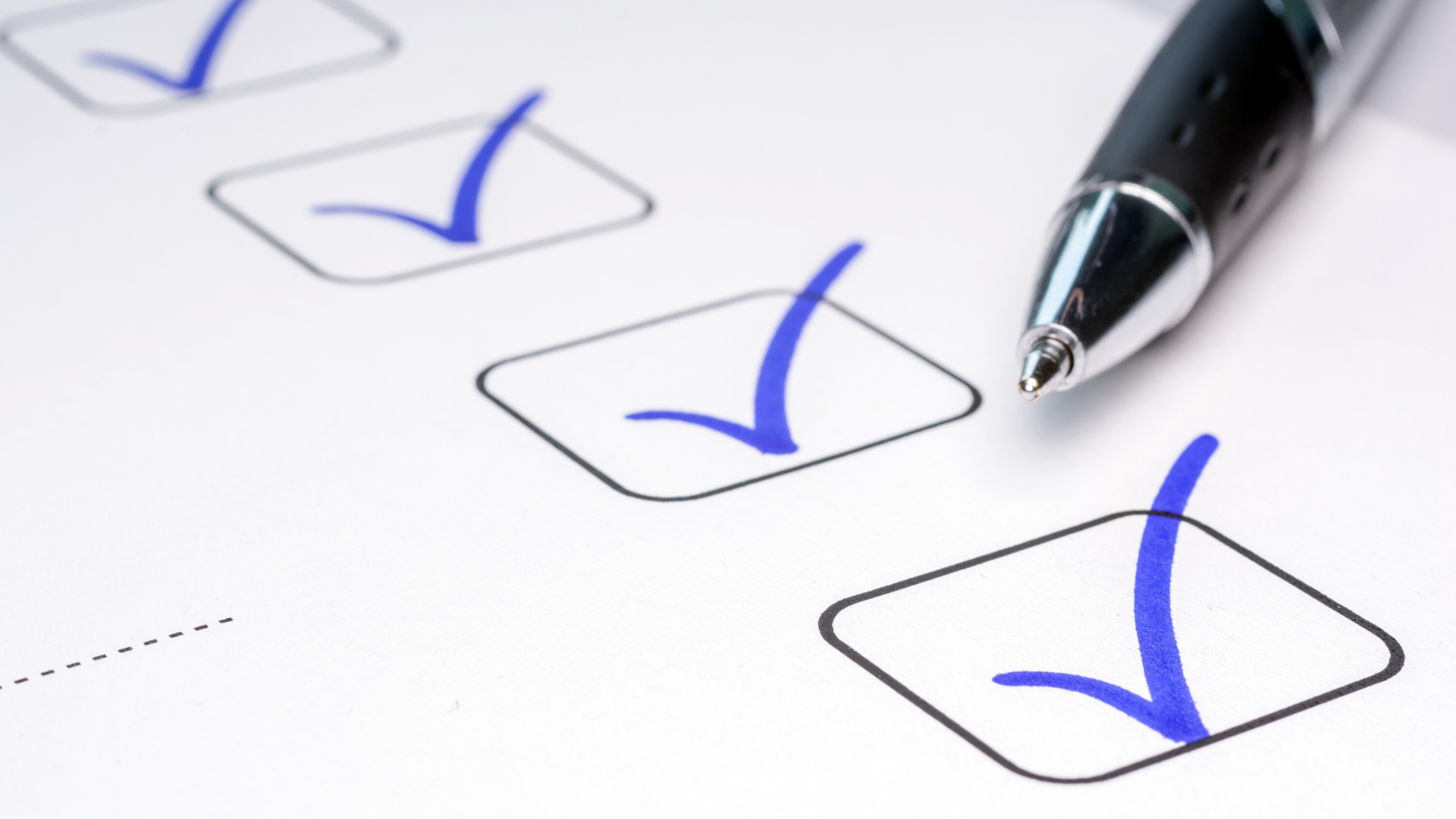Identity theft is the illegal use of another’s personal data, such as name, birth date and Social Security number. A casually discarded receipt, a personal document or checkbook kept in a desk drawer, mail theft, and dumpster diving are all very real threats.
With enough information, a fraudster may open accounts in your name, obtain credit in your name, and possibly obtain a false ID, such as a driver’s license. Often the first signs of this appear on your credit report. Here are the steps to take if you’ve been a victim of identity theft:
- Notify financial institutions where you have accounts so your accounts can be protected.
- Immediately report stolen credit, debit and ATM cards to the card issuers. Rapid reporting limits your liability under federal law for unauthorized use of your ATM or debit card, or for fraudulent transfers.
- Notify the DMV if your driver’s license has been stolen.
- Place fraud alerts with all three credit bureaus — Experian, Equifax, and TransUnion. Freeze your account to prevent issuance of credit in your name.
- Check credit reports. You are entitled to a free credit report once a fraud alert is filed.
- File a request to have fraudulent information removed.
- Place a fraud alert with the Social Security Administration.
- Notify the postal inspector if the identity theft was a result of mail fraud (contact your local post office).
- Review accounts and use standard affidavits to report disputes (available from the FTC).
- Close accounts that have been tampered with or opened fraudulently.
- File a police report and keep a copy.
- File a consumer complaint with the FTC.
- Keep a log — include the date you took action, and record the names, titles, phone numbers and extensions of people you speak to.


